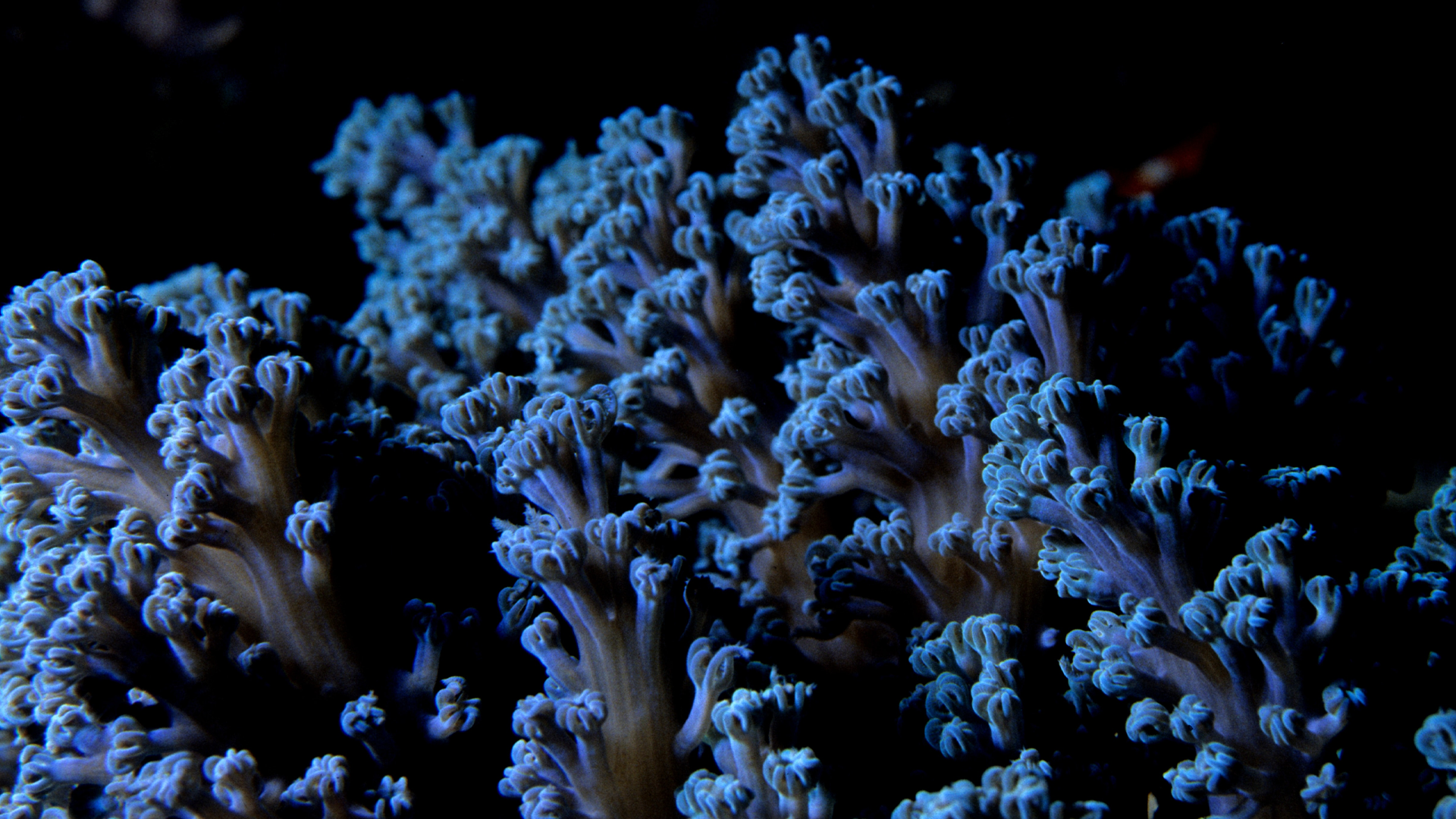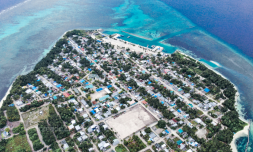SeaForester’s simple new technology could bring a valuable carbon sink back from the brink.
When we talk deforestation, it’s normally about trees and animals on dry land. But it’s a problem that goes much further – all the way into the deep blue sea.
Each year we lose three million hectares of marine vegetation. Over the past fifty years the world’s kelp forests have declined by 50%. This is in part due to ocean warming, pollution, overgrazing, and coastal development.
This is a big issue because 200 million tonnes of carbon dioxide are captured and stored by seaweed every year – about as much as the annual emissions of the entire state of New York. Kelp forests also host incredible biodiversity, and are breeding and feeding grounds for many marine species.
If we want to preserve (and grow!) this valuable ecosystem and carbon sink, a hands-on approach is needed.
This is where SeaForester comes in. This Portugal-based company is pioneering a simple way to reforest our oceans. First, they seed stones with seaweed spores. Next, the seaweed is given some time to grow on land in a special ‘nursery.’
Finally, they literally toss them in the ocean. The stones are scattered in shallow, coastal waters, where the sun will reach them, and the rest takes care of itself.
This method is revolutionary, as it’s much simpler and cheaper than traditional seaweed restoration techniques, which rely on scuba diving and complicated training.
By cutting down the time and finances needed, larger areas of underwater forests can be restored quickly.
The method is partly informed by seaweed farming technology – likely because SeaForester’s founder, Pål Bakken, is the son of a seaweed farmer. As a result, the ‘green gravel’ can be produced at big commercial scales, using infrastructure that already exists for seaweed farming.




















